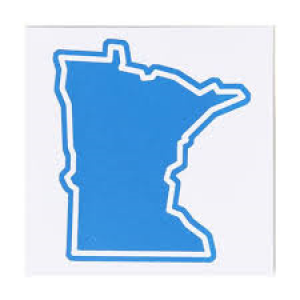Local Impacts—Missouri— PROJECT GREEN AND GREY
“After the final no there comes a yes and on that yes the future of the world hangs”
~Wallace Stevens
 Local Impacts of Climate Change
Local Impacts of Climate Change
The climate has changed in Missouri. People and governments around the world and here in Missouri are embracing solutions and reducing their carbon footprints. As we work for more clean energy, more efficiency and more effective laws to slow and eventually arrest these changes, please use this local-impacts information sheet to discuss this urgent issue with legislators.
What follows is from the Environmental Protection Agency website in 2015 that lists the impacts of climate change in Missouri.
Heat
Average temperatures have increased over the last several decades. Heat waves are becoming more frequent and cold periods are becoming rarer. This trend is likely to continue under future climate change: average summer temperatures are projected to increase by 3°F over the next few decades and could increase by over 10°F by the end of this century.
In general, heat waves are projected to increase in frequency, duration, and severity as climate changes. In 1995, Chicago endured a heat wave that caused over 700 heat-related deaths. Similar heat waves could occur up to three times per year by 2100.
Precipitation
Precipitation in the Midwest is likely to become more intense, likely leading to increased flood damage, strained drainage systems, and reduced summer water availability. Precipitation is likely to fall more frequently in heavy downpours. The last three decades have been the wettest in a century for the Midwest.
Between heavy rainfall events, there will likely be longer periods without precipitation. Increased evaporation during warmer summers could increase the likelihood of water shortages or drought in the Midwest.
Health
Climate change will likely affect the health of Americans living in the Midwest. For example, climate change could increase heat-related deaths, increase the risks of spreading certain diseases, and worsen air quality.
Ticks and mosquitoes, already a nuisance in the Midwest, will survive in greater numbers as winters become milder, increasing the risks of spreading diseases such as Lyme disease and West Nile virus.
Impacts on Agriculture, Forests, and other Ecosystems
In the short term, climate change could help or harm agriculture, forests, and other ecosystems in the Midwest. On one hand, where sufficient water and other nutrients are available, crops and forests may benefit from a longer growing season and increased levels of carbon dioxide. On the other hand, climate change may negatively impact the health of crops, trees, and animals in the region.
Wetter conditions in the spring may make it difficult for farmers to plant their crops. More frequent heat waves, floods, and droughts, as well as larger populations of harmful insects, will likely place additional stress on the region’s agriculture.
Higher temperatures may stress livestock animals. This will likely make livestock production more costly during the summer as livestock productivity decreases and costs increase.
Climate change is likely to alter fish populations in the Midwest. Cold-water fish such as brook trout, lake trout, and whitefish are projected to decline, while cool-water fish such as muskie, smallmouth bass, and bluegill are projected to replace these declining populations.
The Good News……!
If Missouri and the rest of the world take action and reduce greenhouse-gas emissions dramatically, through the promotion of clean energy, many of the worst impacts will be avoided. Clean energy and efficiency retrofits needed to address this crisis create jobs that cannot be outsourced, benefitting us all.
